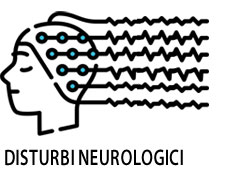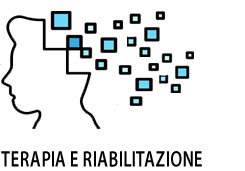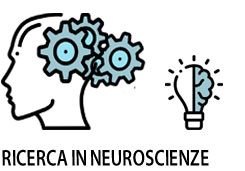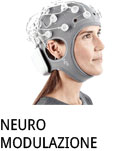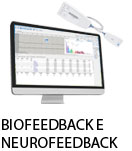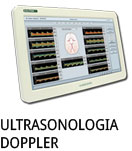- +39 011 5821948
- info@geasoluzioni.it
- Lun - Ven 8:00 - 17:00
The effects of repetitive transcranial magnetic stimulation on cue-induced craving in male patients with heroin use disorder
- Abstract:
- Background Craving is a central feature of addiction. Early evidence suggests that repetitive transcranial magnetic stimulation is effective in reducing cue induced craving for patients with opioid use disorder (OUD). However, trials in large populations of patients with OUDs are lacking. Methods We randomly assigned 118 male heroin patients into three groups (i.e., 10 Hz rTMS, 1 Hz rTMS and a wait-list control group) from two addiction rehabilitation centers. rTMS was applied to the left dorsolateral prefrontal cortex (DLPFC) for 20 daily consecutive sessions. Findings Results showed that 10 Hz rTMS and 1 Hz rTMS were both effective in reducing cue-induced craving scores in heroin users when compared to the wait list group. The treatment effects lasted for up to 60 days after rTMS treatment cessation. Interpretation Our results suggest that rTMS applied to the DLPFC is effective in reducing craving severity in heroin use disorder patients. Our results also suggest that such treatment effects can last for up to 60 days after treatment cessation.
- Patologie/Applicazioni:
- Anno:
- 2020
- Tipo di pubblicazione:
- Articolo
- Parola chiave:
- TMS; Dipendenza; eroina; rTMS; Oppioidi
- Nota:
- Sono stati assegnati casualmente in 3 gruppi 118 maschi con disturbo da uso di eroina. I 3 gruppi vengono sottoposti rispettivamente a 10Hz rTMS, 1Hz rTMS più un gruppo di controllo. I risultati hanno mostrato che l'rTMS a 10Hz e l'rTMS a 1Hz sono entrambi efficaci nel ridurre il desiderio nei consumatori di eroina rispetto al gruppo di controllo. Gli effetti del trattamento sono durati fino a 60 giorni dopo la cessazione del trattamento rTMS. I risultati suggeriscono che l'rTMS applicato al DLPFC è efficace nel ridurre la gravità del desiderio nei pazienti con disturbo da uso di eroina. Suggeriscono anche che tali effetti del trattamento possono durare fino a 60 giorni dopo l'interruzione del trattamento stesso.
- DOI:
- doi.org/10.1016/j.ebiom.2020.102809
Hits: 859
La nostra storia
GEA soluzioni si affaccia nel 2013 al mercato della strumentazione medicale di alto livello tecnologico ma la sua storia parte da più lontano, clicca qui per approfondire.
GEA SOLUZIONI SRL
via Spalato 72/A, Torino
Tel.: 011 5821948 / 011 4463853
Fax: 011 0433281
Email: info @ geasoluzioni.it
P. IVA IT11696920013
REA TO1233648

